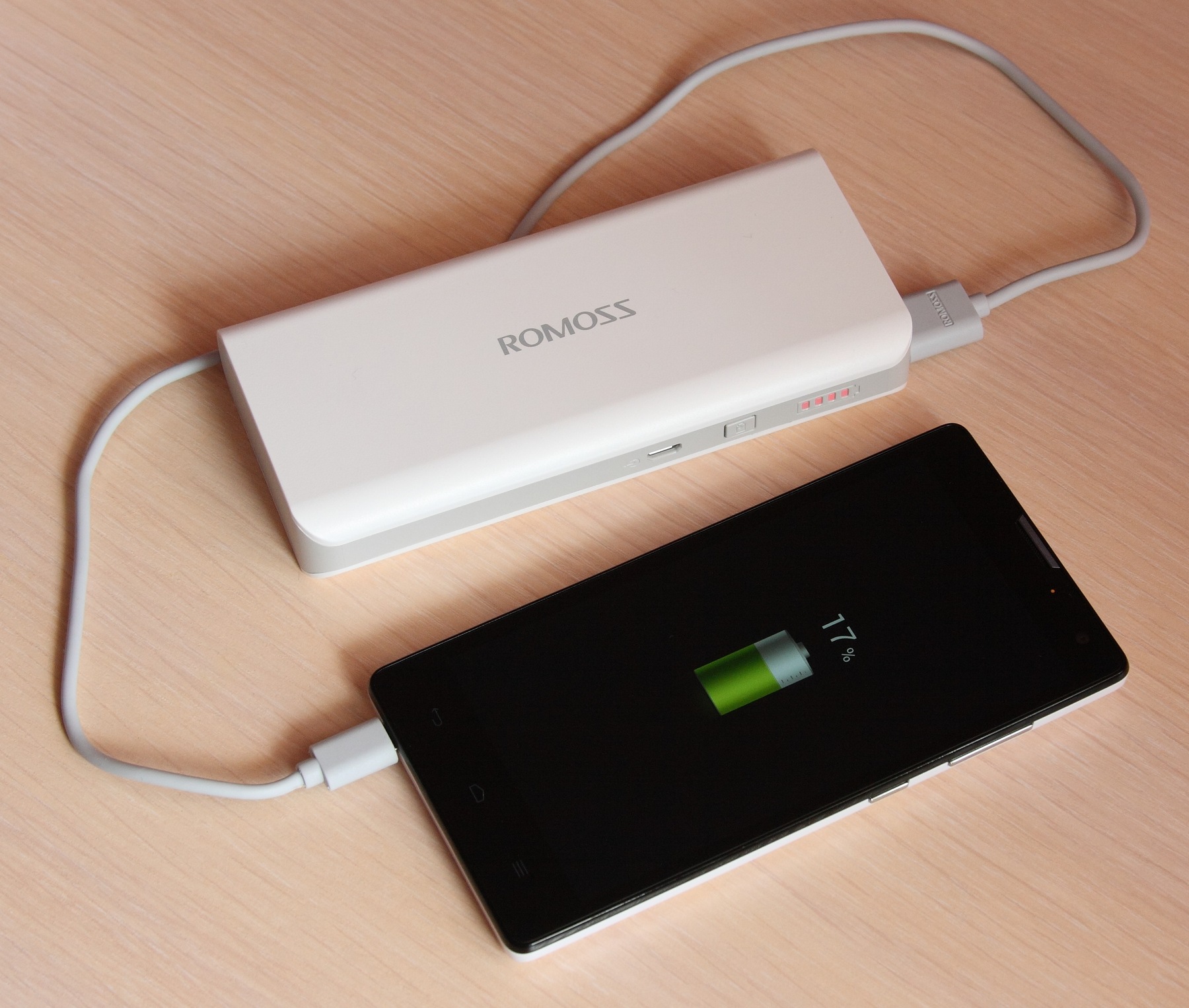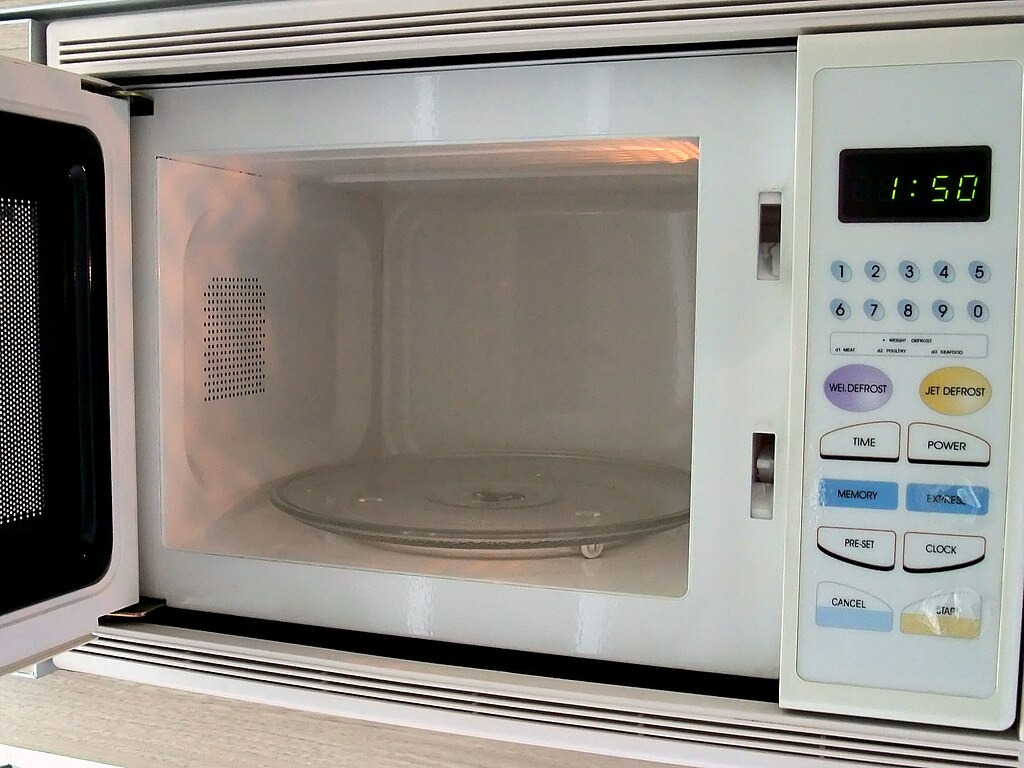The familiar pre-flight dance of sorting liquids and removing shoes has gained a new step. As of early 2025, the Transportation Security Administration has officially banned all portable chargers and power banks containing lithium batteries from checked luggage—a regulation that could catch many tech-dependent travelers off guard.
The new rule, which follows Federal Aviation Administration recommendations, transforms these everyday electronic companions from luggage afterthoughts into items requiring deliberate packing decisions. Under the nationwide regulation, all power banks, spare lithium batteries, and charging cases must now travel exclusively in your carry-on bags.
Safety concerns drove this policy change. Lithium batteries can experience thermal runaway—a technical term for when they overheat, catch fire, or even explode. These incidents present particular danger in cargo holds, where crews cannot access or manage fires that might develop.
While travelers must now vigilantly track where their power banks are packed, this regulation represents just one layer of scrutiny in an evolving aviation landscape where, as TSA facial recognition expands to hundreds of airports, travelers still have the right to opt out—but with oversight boards dismantled and algorithmic bias in play, the stakes go far beyond convenience.
The rule’s scope extends beyond just portable chargers to include cellphone battery charging cases, spare batteries for devices like cameras and laptops, and even e-cigarettes or vape pens. These items must all be placed in carry-on luggage where any incidents can be quickly addressed by trained flight crews.
Despite creating a packing adjustment for tech-heavy travelers, these regulations arise from legitimate safety concerns. Flight crews receive training to handle battery incidents in the cabin, where a swift response can prevent disaster. The cargo hold offers no such accessibility, turning a small battery issue into a potential emergency at 30,000 feet.
The TSA isn’t treating these regulations lightly. Violations can trigger fines up to $17,062, suspension of TSA PreCheck privileges, or even criminal referral in serious cases. This strict enforcement underscores the seriousness of the safety risk these batteries pose when improperly packed.
Navigating these new rules requires some practical knowledge. Choose power banks under 100Wh (watt-hours) and ensure they’re clearly labeled with capacity specifications. Remember to remove all battery packs before checking any bags—even those you might gate-check at the last minute.
Recent events underscore the importance of these precautions. In April 2025, over 429,000 Casely power banks were recalled due to fire hazards, joining a growing list of battery safety incidents that have raised concerns among aviation authorities.
This regulation applies to all flights departing U.S. airports, regardless of destination. Travelers should monitor the TSA’s “What Can I Bring?” list for the most current guidance before packing for their next flight.
While electronic devices with batteries installed (such as laptops and smartphones) can still travel in checked luggage when powered off, any spare batteries or external charging devices must remain with you in the cabin. This distinction is crucial for travelers to understand as they adapt to these enhanced safety measures.


















